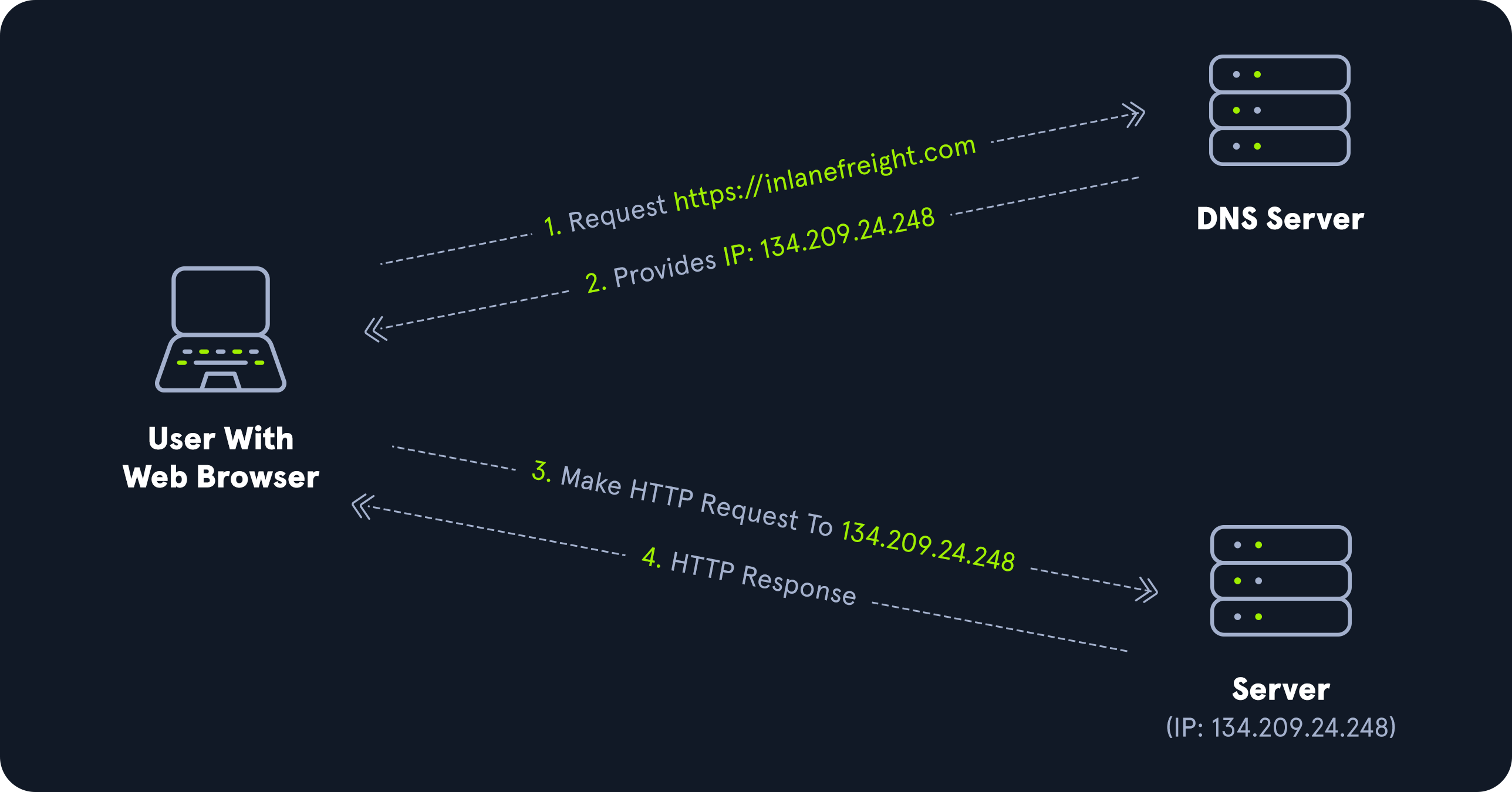DNS Domain Name System
DNS :
Introduction:
DNS (Domain Name System) is a fundamental protocol used on the internet and local networks to translate human-readable domain names into numerical IP addresses. It plays a crucial role in enabling users to access websites and services by typing user-friendly domain names rather than remembering complex IP addresses.
Purpose of DNS:
DNS serves as a phone book for the internet, converting domain names (e.g., www.example.com) into their corresponding IP addresses (e.g., 192.0.2.1).
It simplifies the process of accessing websites, services, and resources, making the internet more user-friendly.
Domain Name Structure:
A domain name is organized hierarchically from right to left, with the top-level domain (TLD) at the rightmost part (e.g., .com, .org). Subdomains are located to the left of the TLD (e.g., subdomain.example.com).
DNS Resolution Process:
When a user enters a domain name in a web browser, the device queries a DNS server to obtain the corresponding IP address.
The DNS resolution process involves multiple steps, starting from the local DNS resolver and proceeding through authoritative DNS servers until the IP address is obtained.
DNS Records:
DNS servers store various types of records that hold specific information about a domain.
Common DNS record types include:
► A (Address) record: Maps a domain to an IPv4 address.
► AAAA (IPv6 Address) record: Maps a domain to an IPv6 address.
► CNAME (Canonical Name) record: Creates an alias for another domain name.
► MX (Mail Exchange) record: Specifies the mail server responsible for handling emails for a domain.
► NS (Name Server) record: Indicates the authoritative name servers for a domain.
► TXT (Text) record: Stores descriptive text associated with a domain.
DNS Caching:
- To improve
DNS resolutionspeed and reduce the load on authoritative DNS servers, DNS resolvers often cache DNS records locally. - Cached records have a
time-to-live (TTL)value, which determines how long the record remains valid before it needs to be refreshed from authoritative servers.
DNS Propagation:
- When changes are made to
DNS records, it takes some time for these changes to propagate throughout the internet. - The time it takes for DNS changes to be visible globally varies and depends on the TTL of the affected DNS records.
Conclusion:
DNS is a critical component of the internet infrastructure, enabling users to access websites and services using user-friendly domain names. By translating domain names into IP addresses, DNS simplifies the process of navigating the internet and plays a vital role in making online interactions seamless and efficient. Understanding the basics of DNS is essential for anyone working with networks, web hosting, or managing domain names.

